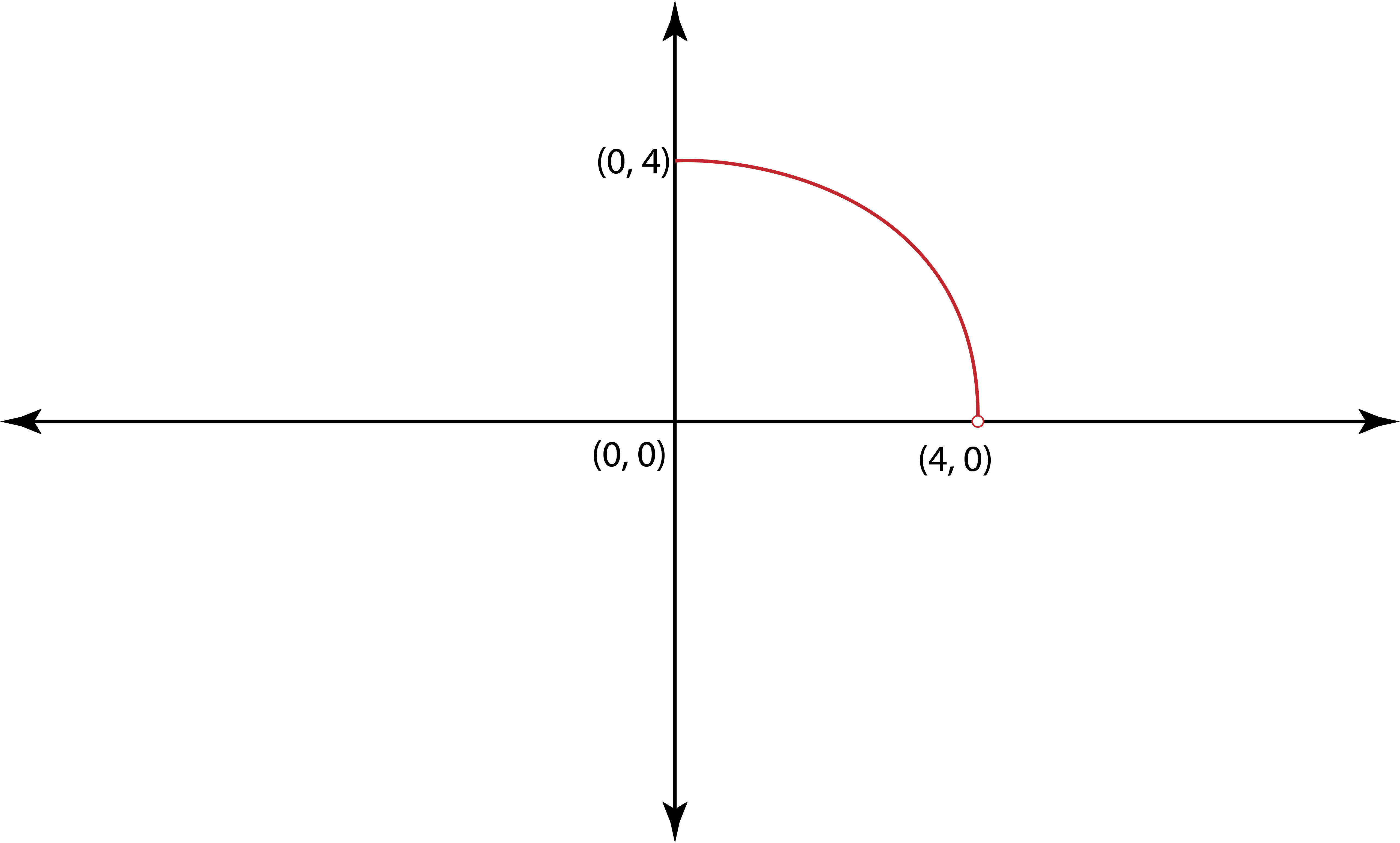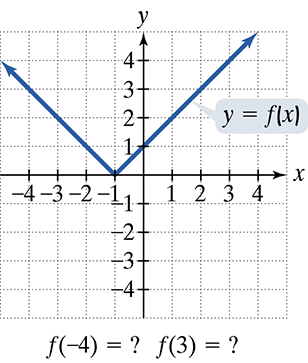Here are the essential concepts you must grasp in order to answer the question correctly.
Domain of a Function
The domain of a function refers to the set of all possible input values (x-values) for which the function is defined. Understanding the domain is crucial for determining where the function can be evaluated, which can be influenced by factors such as discontinuities or restrictions in the function's definition.
Recommended video:
Domain Restrictions of Composed Functions
X-Intercepts
X-intercepts are the points where a function crosses the x-axis, meaning the output value (y) is zero at these points. To find x-intercepts, one typically sets the function equal to zero and solves for x. Identifying these points is essential for understanding the behavior of the function and its graphical representation.
Recommended video:
Function Values
Function values represent the output of a function for given input values. In the context of a graph, these values can be determined by evaluating the function at specific x-values. Missing function values, often indicated by question marks, require careful analysis of the graph to estimate or calculate the corresponding y-values.
Recommended video:


 Verified step by step guidance
Verified step by step guidance Verified video answer for a similar problem:
Verified video answer for a similar problem:



 5:10m
5:10m